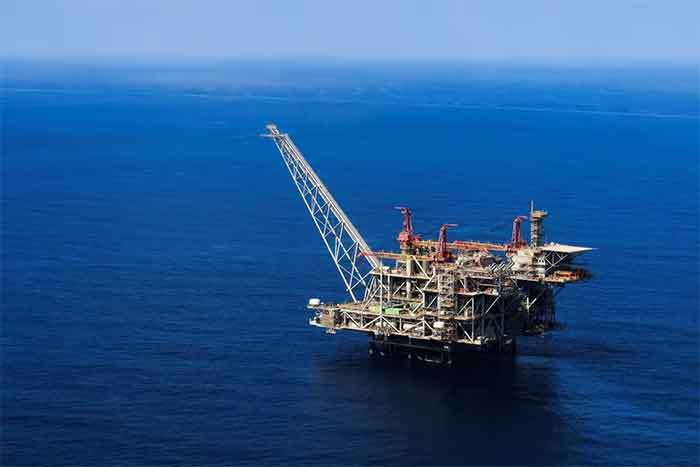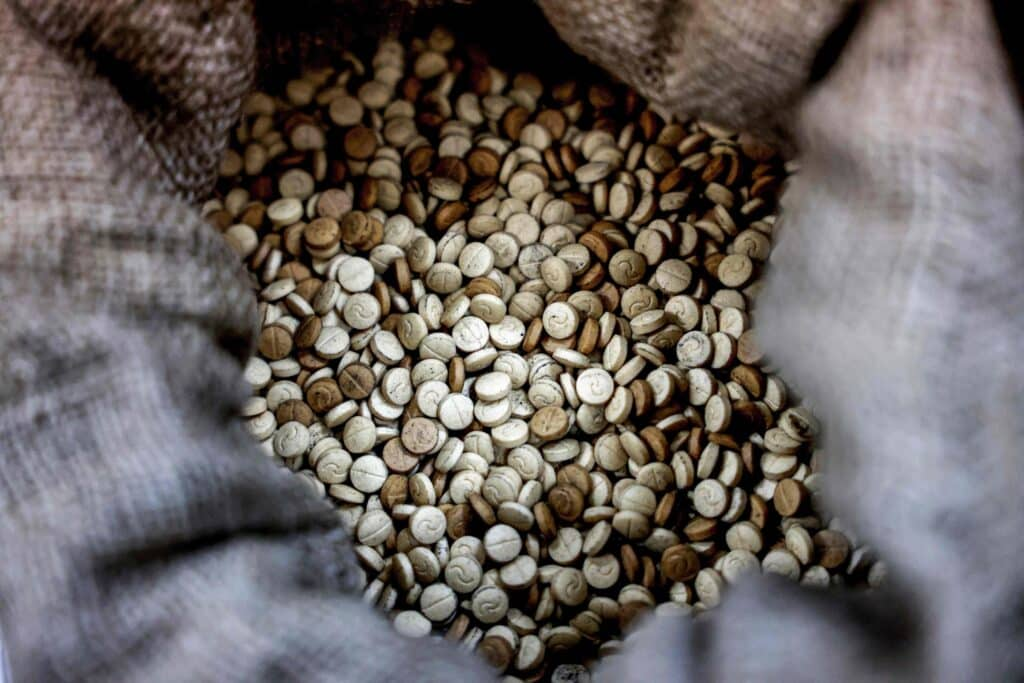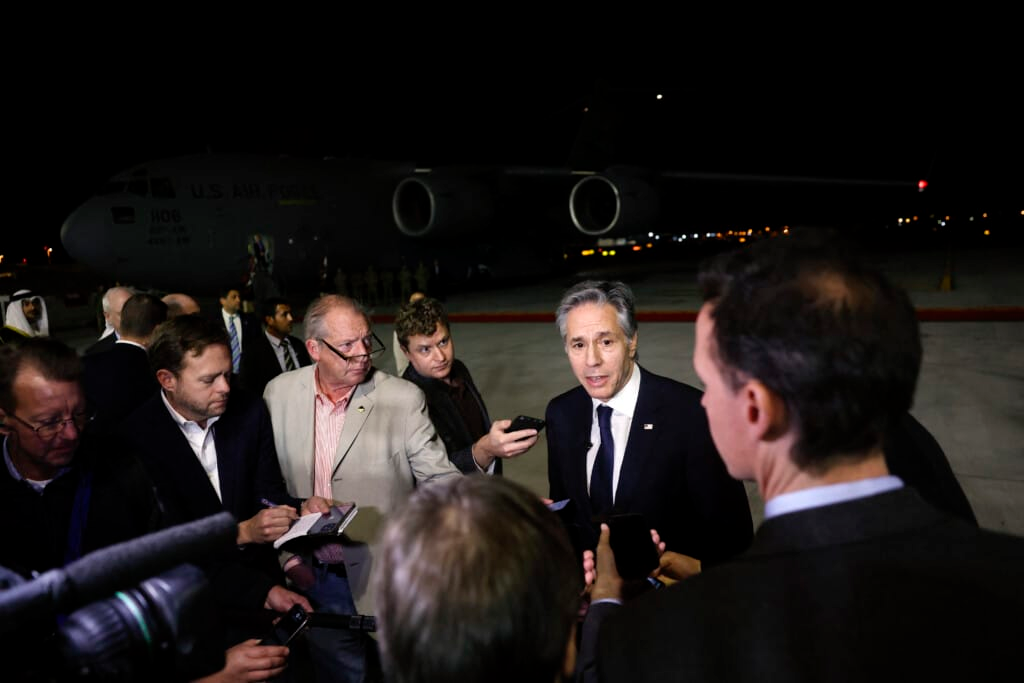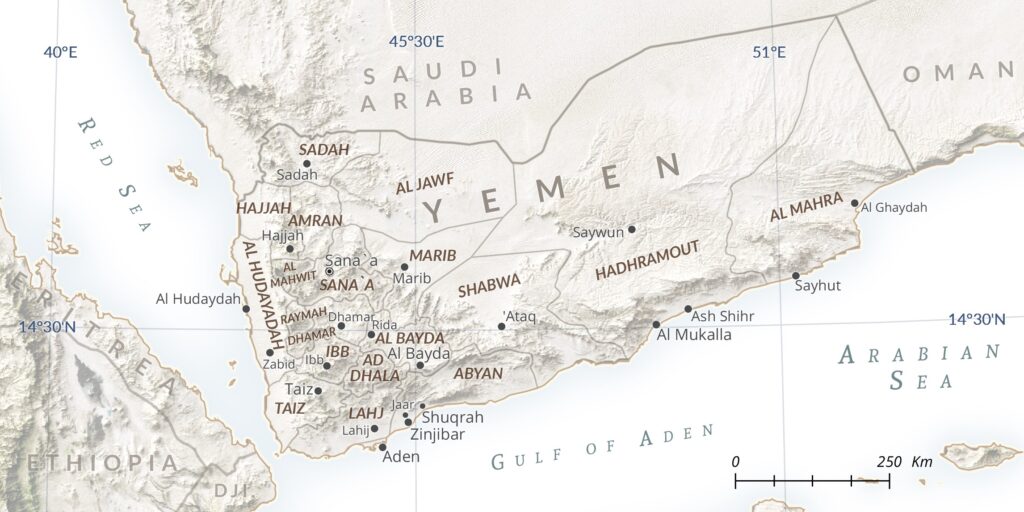10 Things to Know About the UN Relief and Works Agency (UNRWA)
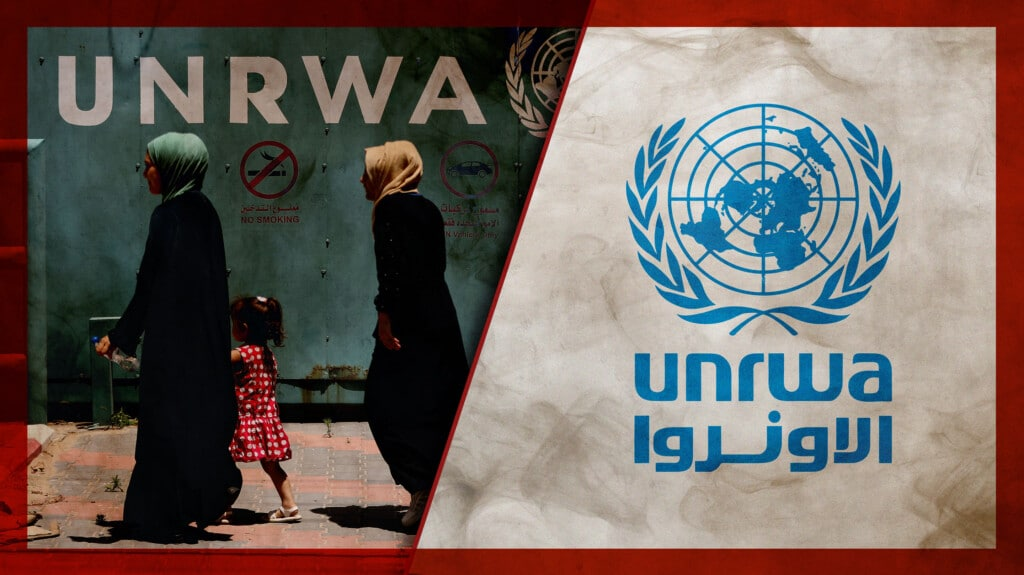
The United Nations Relief and Works Agency (UNRWA) was established in 1949 to serve Palestinian refugees displaced during Israel’s War of Independence. UNRWA continues to operate in the Gaza Strip, West Bank, Lebanon, Syria, and Jordan nearly 75 years later. The United States has contributed over $1 billion to UNRWA since 2021 even though the agency provides cover for terrorist activity and perpetuates the Israeli-Palestinian conflict.


